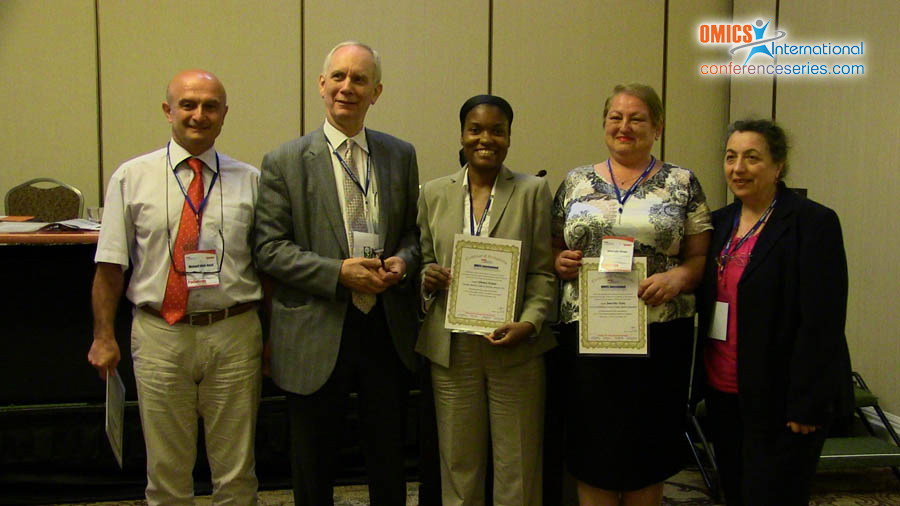
Janevska Vesna
Ss Cyril and Methodius University of Skopje, Republic of Macedonia
Title: Tumor morphological features influencing metastatic rate in oral carcinoma
Biography
Biography: Janevska Vesna
Abstract
Although newer surgical techniques and radio-chemotherapy regimens have improved survival in patients with oral squamous cell carcinoma (OSCC), still overall 5-year survival rate is no more than 60%. Diagnosing oral cancer at an early stage significantly increases 5-year survival rates. Confirmation of metastatic disease is one of the most important prognostic factors in patients with OSCC. Aim: We analyzed morphological features of oral OSCC in patients treated with surgical therapy only, in order to find out which of them influence the metastatic rate. Material and methods: 100 cases of oral OSCC were analyzed using: 1. clinical parameters 2. radiological methods (US, KT, MRI) 3. histopathological parameters. All the patients underwent tumor excision and neck dissection. Sixty two patients had tumor excision with simultaneous neck dissection and in 38 cases the lymph nodes were followed up through regular monthly controls. Analyzed histopathological parameters were: degree of differentiation, nuclear pleomorphism, type of tumor invasion, inflammatory host reaction, desmoplasia, invasion into vascular channels, perineural spreading, the depth of tumor invasion and vascular and stromal myofibroblasts density in the invasive tumor front. Proliferative index was calculated using immunohistochemical staining with Ki67. Results: The frequency of the neck lymph node metastases was 47% of the overall number of patients. Ct and MRI had limited possibilities in detecting cervical lymph node metastases especially in patients with N1 status. The depth and the type of tumor invasion, vascular invasion, perineural spreading, vascular and myiofibroblastic density, the grade and proliferative index were strongly associated with occurrence of neck metastases.

